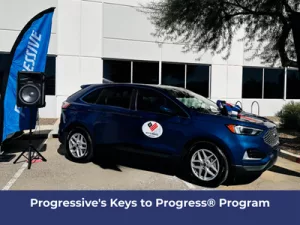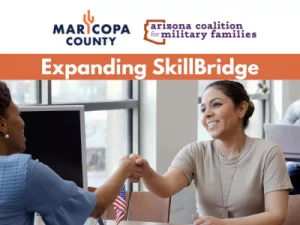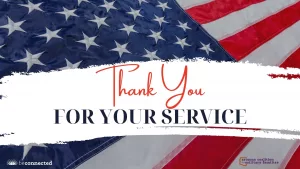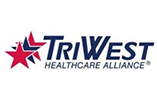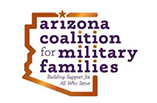The loss of an individual by suicide can trigger a ripple effect of grief, increasing suicide risk among those exposed to the loss. The CDC explains that suicide clusters can form when one death influences others in the community to consider suicide, a phenomenon known as contagion (CDC, 2024). That’s why postvention, support offered after a suicide, is a powerful form of prevention.
One Loss Can Lead to Another
Survivors of suicide loss often face a mix of emotions that can heighten vulnerability. Research shows that close connections, such as parents, siblings, peers, or teammates, may face a significantly increased risk of depression, anxiety, or suicidal behavior following a suicide (IHS, 2024). Those directly impacted by a suicide loss are up to 65% more likely to experience suicidal thoughts or behaviors themselves (Cerel et al., 2018). Compassionate, coordinated support during this time isn’t just helpful, it’s an essential part of a mental health care treatment plan that can help prevent further loss.
A Practical Guide for Postvention
This is where Be Connected’s Community Guide to Postvention can help. It provides clear, evidence-informed strategies to support survivors. Inside the Guide you’ll find:
- What postvention is and why it matters
- How suicide loss affects communities
- The difference between comfort and support
- How to reduce stigma and shame
- Examples of affirming, supportive language
- Tips and self-care information
Start the Conversation
Suicide Prevention Month offers a timely opportunity to discuss postvention and why it is important. You can help your family, friends, coworkers, and community by starting conversations and sharing Be Connected’s Community Guide to Postvention. Use these questions to spark meaningful dialogue:
- Have you ever heard the term “postvention”? What does it mean to you?
- Why do you think postvention is considered a form of suicide prevention?
- How can workplaces or community groups be better prepared to respond to suicide loss?
- What role can peers, coworkers, and neighbors play in postvention?
- Why is it important to reduce stigma when talking about suicide and grief?
- How can postvention be part of your mental health or crisis response plan?
- What’s one thing your community could do to improve support after a suicide?
- Do you think postvention resources are widely understood and used? Why or why not?
- Have you looked at the Community Guide to Postvention? What stood out to you?
- What’s one step you can take today to share Be Connected’s Community Guide to Postvention?
By having these conversations, we help others understand the lasting impact of suicide loss and why postvention belongs at the heart of prevention, especially for those still carrying grief, whether their loss was recent or years in the past.
For those who would like to dive deeper into these ideas, we offer training courses at no cost.
More About the Ripple Effect of Suicide
Support Resources
The Arizona Coalition for Military Families and the Be Connected program offer connection to resources for people, families, organizations, and communities affected by the suicide of a service member or veteran.
- For life-threatening emergencies, call 9-8-8, which is a 24/7 crisis line. Press 1 for veteran-specific support services.
- For connection to support resources, call the Be Connected Support Line at 866-4AZ-VETS (866-429-8387) Monday – Friday, 8 a.m. to 5 p.m. MT.
- For a personalized plan, complete this form, and our Postvention team will reach out.
- Download a free digital copy of the Be Connected Community Guide to Postvention.
- Request print copies of the Be Connected Community Guide to Postvention to share at ConnectVeterans.org/Order
- Get answers to the most frequently asked questions about our no-cost postvention support at ConnectVeterans.org/Postvention.
- Reach our trained team directly at prevention@arizonacoalition.org.
- Consider attending a no-cost workshop or bringing our workshop to your location.


